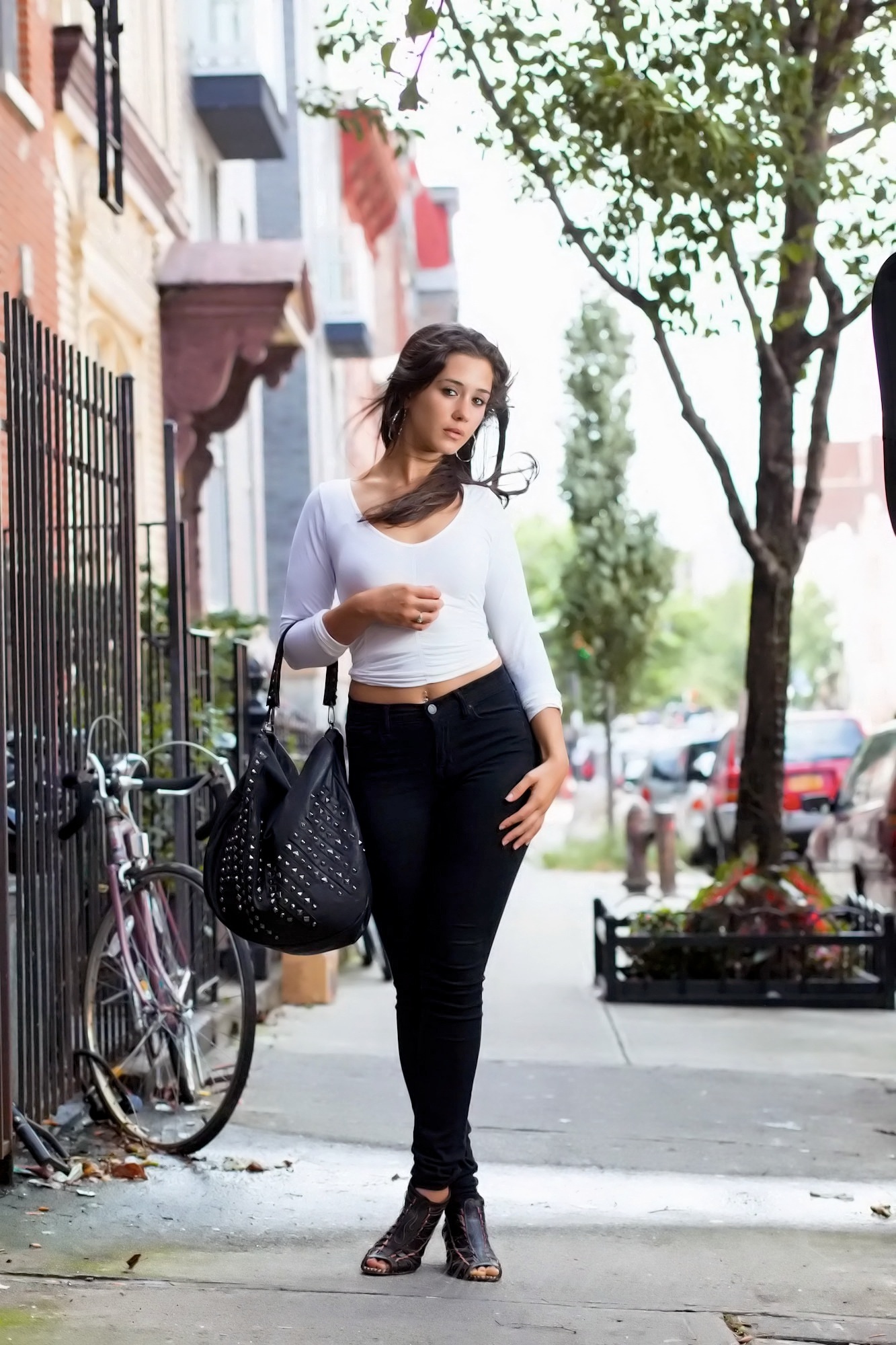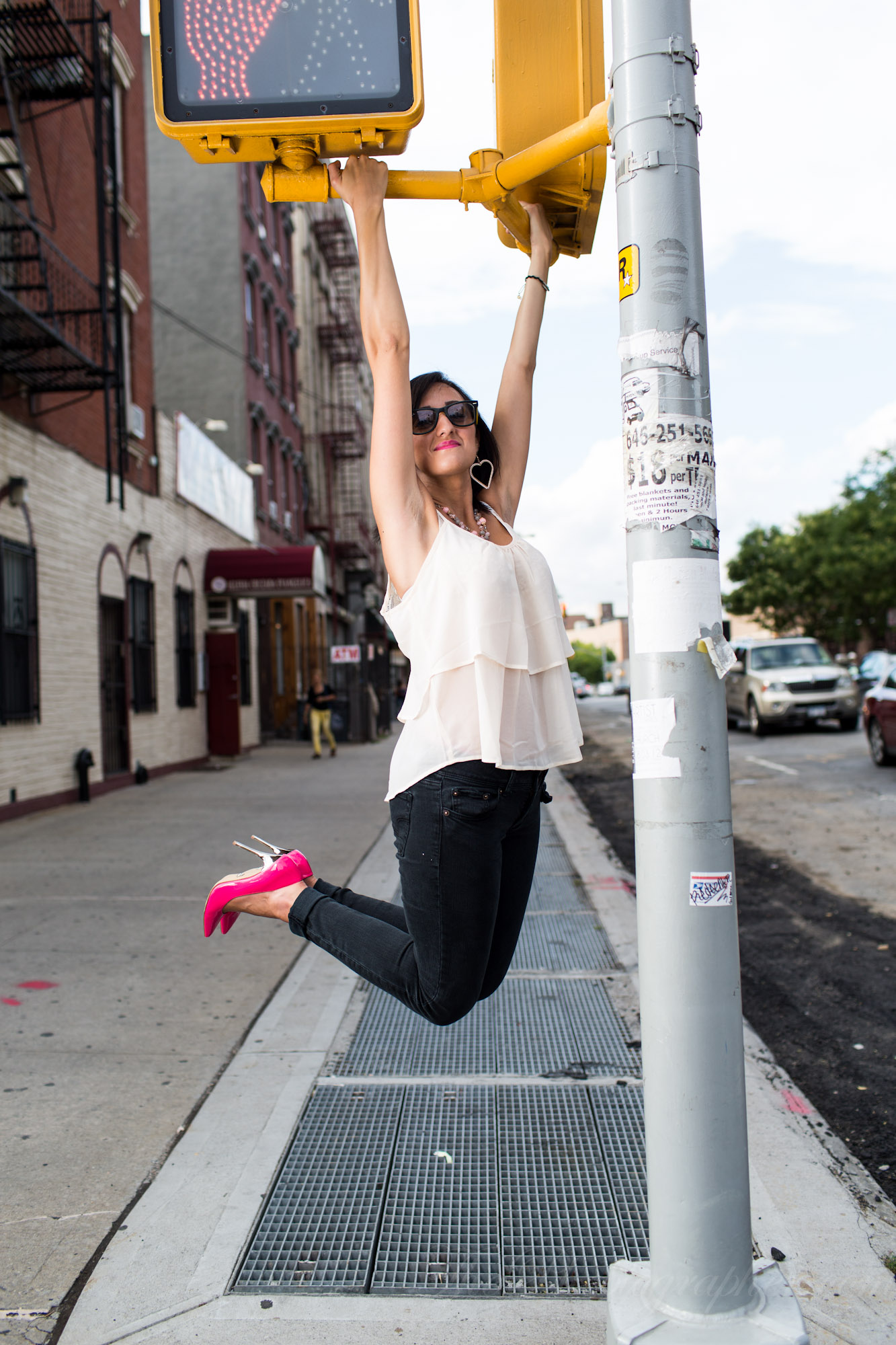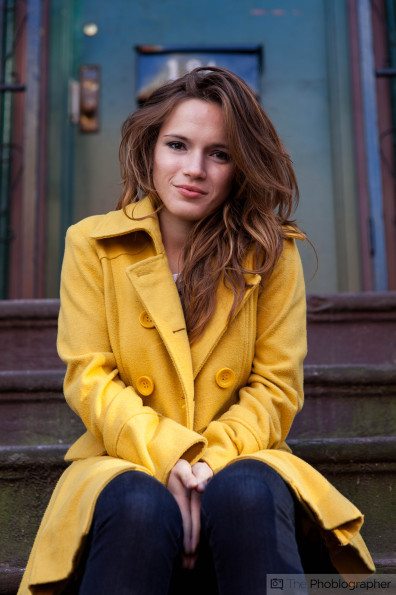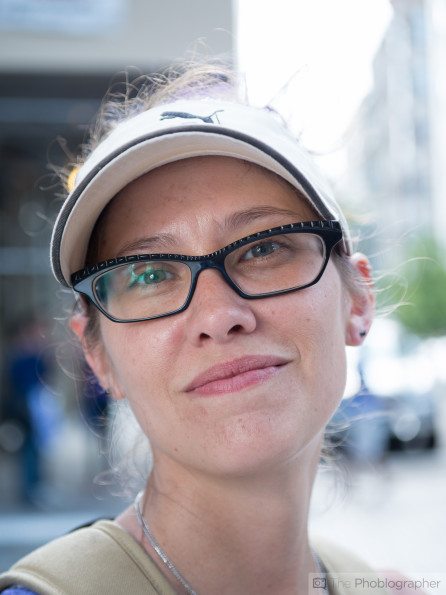Shooting with a flash in the middle of the day? Why would you do that? Believe it or not, you’ll want to use a flash during the day more than any other period. Well for starters, you can sometimes get better looking images than what a normal camera and lens can give you and you can also create images that might be otherwise tough to do. You’ll also find that shooting with a flash in the middle of the day can teach you a lot more about the way that light works.
If you want crisper, cleaner, sharper images and to boost the already great effects that natural light has, read on.
It’s About the Flash Duration
When folks look at flash specs, they often really just check out the guide number or the watt second output. But if you really want to maximize the output of your flash during the daytime, you’ll need to look at the flash duration. With some flashes (especially depending on quality no matter what a manufacturer may tell you), this can vary at different power levels. With other flashes and strobes, it stay the same. The faster the flash duration is, the more it will look like the sun effects are lessened.
So what is a flash duration? It’s typically some number like 1/320 or 1/5000. Without going into super technical terms and explanations, the flash duration can in most situations overtake the effects of your shutter speed.
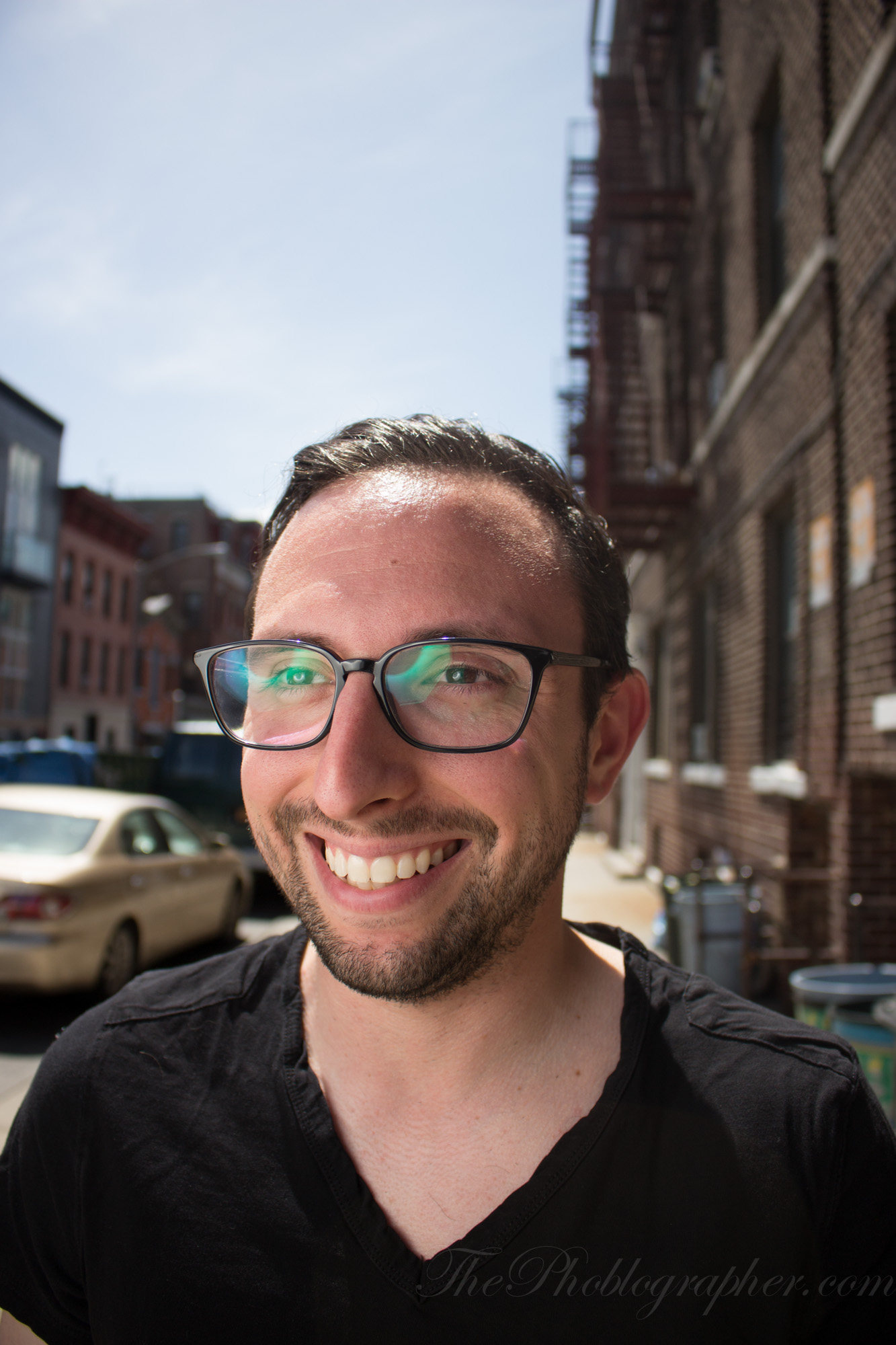
Many of the more reputable flash brands can do something called high speed sync, though they all call it different things. This will naturally allow your flashes to shoot at a faster shutter speed than what your camera allows due to the way it works. High speed sync can also overpower the sun.
We’ve got a much more in-depth guide on all this over here.
Use the Shadows
One of the best ways to work with a strobe during the day is to bring your subject into a shadow’d area. We’re not necessarily talking about something super dark, but still something out in the open like a building’s overcast.
So why not just overexpose your image?
Well for starters, flashes let you bring more details out in your images that you didn’t see before. They’re great for this reason.
Using shadowy areas combined with a fair shutter speed, a low ISO, and your flash in a modifier (or bounced off a wall and set to the widest angle possible) can not only give you soft light but can also give better frontal illumination on your subject.
Another great reason to use the shadows is because you have more consistent control over the lighting situation. If you’re out in the open and clouds pass by or the sun peeks out of a random spot then your entire exposure is thrown off–especially if its on the subject. Consistency makes you and your subject save valuable time. The great thing about this is that it also allows you to shoot at any time of the day–so you don’t have to wait for the golden or blue hours. That saves a lot more time than the very small slot allowed to you by mother nature.
And if you ever want to brighten the image to make it seem like a sunnier location then you can easily do this in post-production by shooting RAW images.
Give Only a Little Bit of Fill Flash
Now that we’re talking about flash, there is always the subject of just how much you should use. This is a much easier question to answer if you use a handheld light meter of some sort. But otherwise, we like to try to keep it simple.
Only use enough to fill in the shadows if your subject is primarily in lighter colors. If your subject is in darker colors, try boosting the flash output up by anywhere from 1/3rd of a stop to a full stop or alternatively open your aperture in a converse fashion.
When it comes to skin tones and headshots, always just give a bit of fill and if you feel like you’re not getting enough light, consider the position of the lighting carefully. You may need to get a reflector of some sort on the other side or the flash may need to be a bit more in-front of the subject or above them.
This is easiest to do in TTL modes and some flash systems exhibit better. But as many other experienced strobists will tell you, TTL isn’t the most reliable thing in the world and no light or camera system can tell you what exposure you want. You’ll often need to do it yourself.


